Puzzle Posts on Crowch
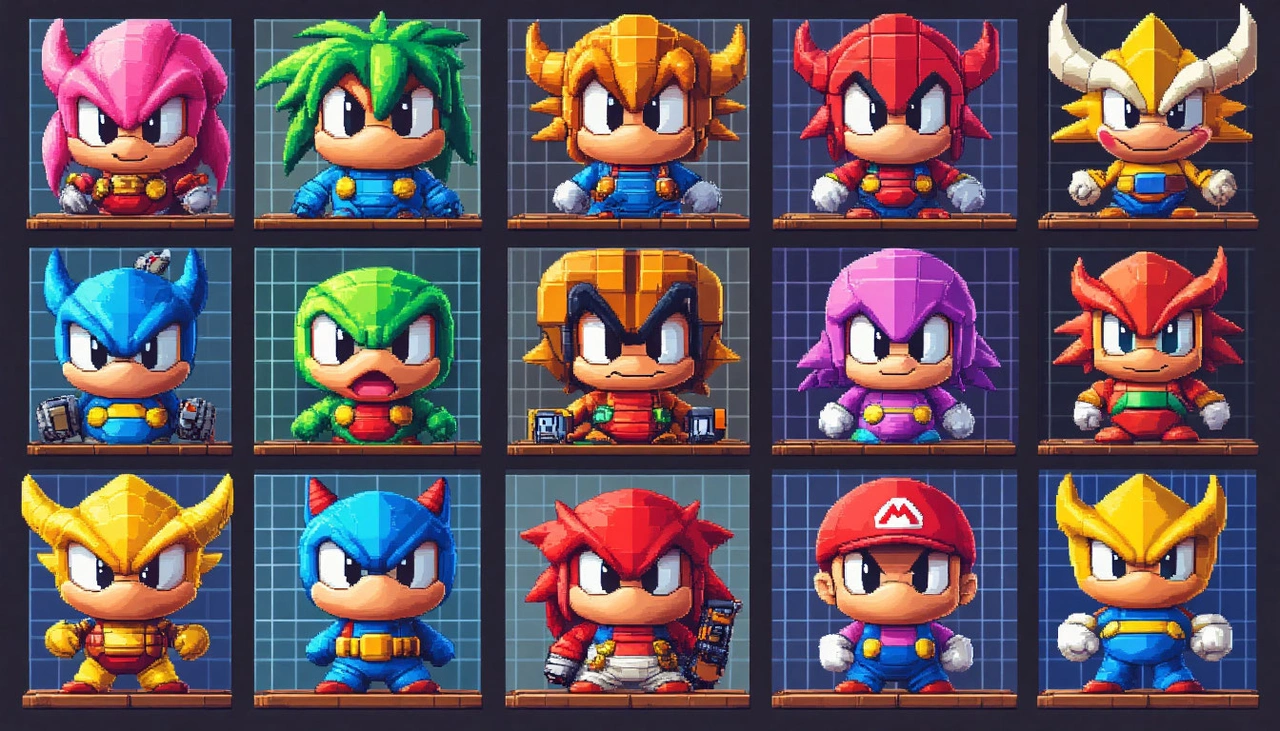
🎮 From Soviet Tool to Global Phenomenon
When Alexey Pajitnov first developed Tetris in 1984 at the Soviet Academy of Sciences, his goal was purely practical — to test the capabilities of Soviet computers and operators’ multitasking under pressure. But what began as a utility quickly evolved into something far more impactful: a global gaming phenomenon.
Its intuitive logic, spatial challenge, and hypnotic progression turned Tetris into a cross-cultural classic. And over time, it began to shape not just how people played, but how they thought. Studies revealed that playing Tetris improves visual-spatial reasoning, accelerates decision-making, boosts concentration, and even helps reduce trauma-induced flashbacks, earning it a place in PTSD therapy and post-stroke recovery.
But what happens when the familiar formula is flipped, twisted, and uniquely reimagined? Enter Japan’s take on the classic.

🇯🇵 The Japanese Remix: When Familiarity Breaks
In the early to mid-1990s, Japanese developers took the world’s obsession with Tetris and reinvented it with bold artistic styles, local themes, and drastically altered mechanics. These new puzzle games broke classic gameplay conventions and challenged the rigid schemas many players developed through hours of Tetris.
What emerged were games that forced players to adapt, rethink, and reframe their strategies — turning puzzle-solving into a deeper mental exercise. Let’s look at five standout titles from Japan that continue to surprise, challenge, and entertain to this day.
🌸 Panel de Pon (1995)
Instead of falling blocks, colorful cubes rise from below. Your job is to swap horizontally adjacent blocks to create lines of three or more matching symbols — hearts, stars, triangles, and more. Vertical thinking? Forbidden.
The real twist? If you clear a column, isolated blocks fall under gravity — something that Tetris never allowed. You’re not just clearing blocks — you’re orchestrating chain reactions.
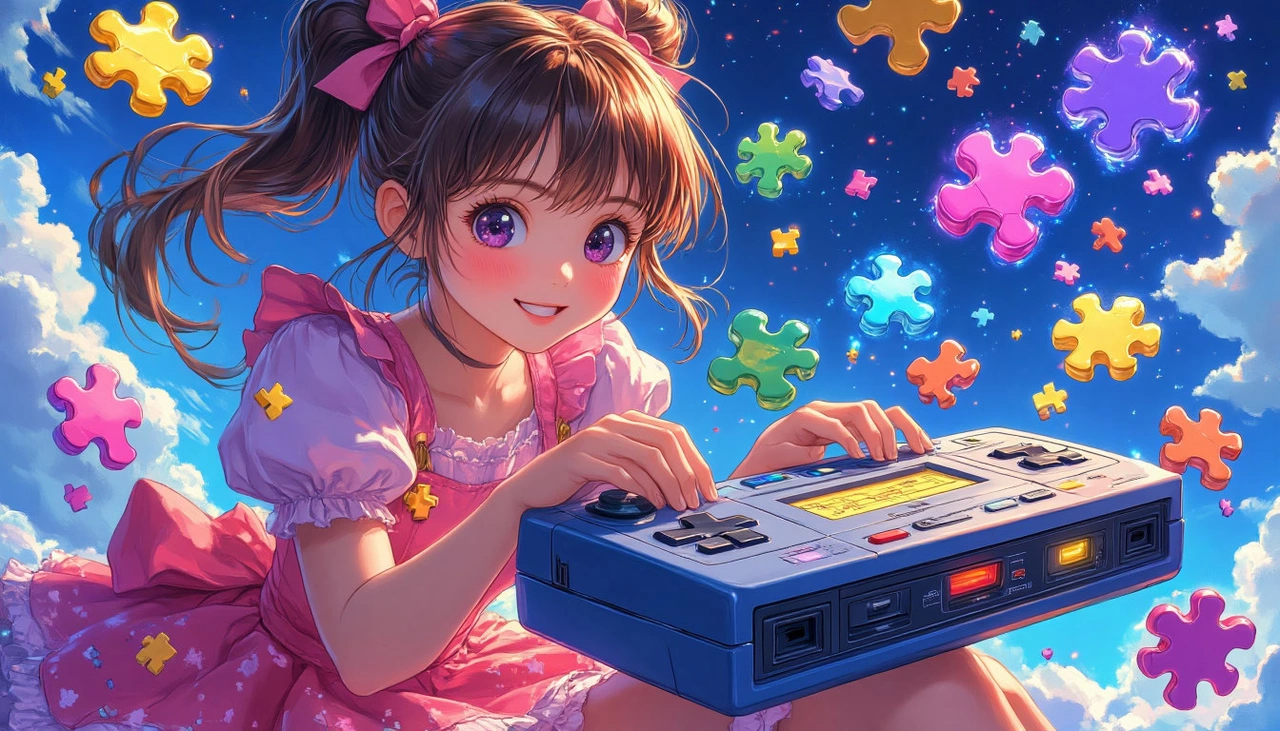
🐾 Nontan to Issho: Kurukuru Puzzle (1994)
Inspired by a beloved Japanese children's book, this charming puzzle game features cute animal tiles that drop in pairs. The challenge? Each tile has a front and back — say, a whole apple vs. a sliced one — and the player must flip and align images, not just match them.
Unlike in Tetris, rotating doesn’t mean shifting spatial direction. It means flipping logic, literally. This demands not only spatial awareness but memory and quick adaptation.
💣 Super Bomberman: Panic Bomber W (1995)
Here, you're juggling bombs instead of blocks. They come in triads shaped like an "L" and can explode in vertical, horizontal, and even diagonal chains — an angle Tetris never explored.
The real kicker? A well-timed combo drops explosive bonuses that trigger chain reactions. It’s a game of delayed gratification and planning explosions several moves ahead.
🧙 Mahou Poi-poi Poitto! (1994)
Fantasy-themed and fast-paced, this lesser-known title drops blocks made of four fantastical icons — magical orbs, helmets, enchanted flames — and challenges players to create complex chains in all directions.
It’s arguably the most chaotic of the group and, for many, the hardest to master. Matching shapes isn’t enough; understanding multi-directional chains and predicting cascading effects is key.
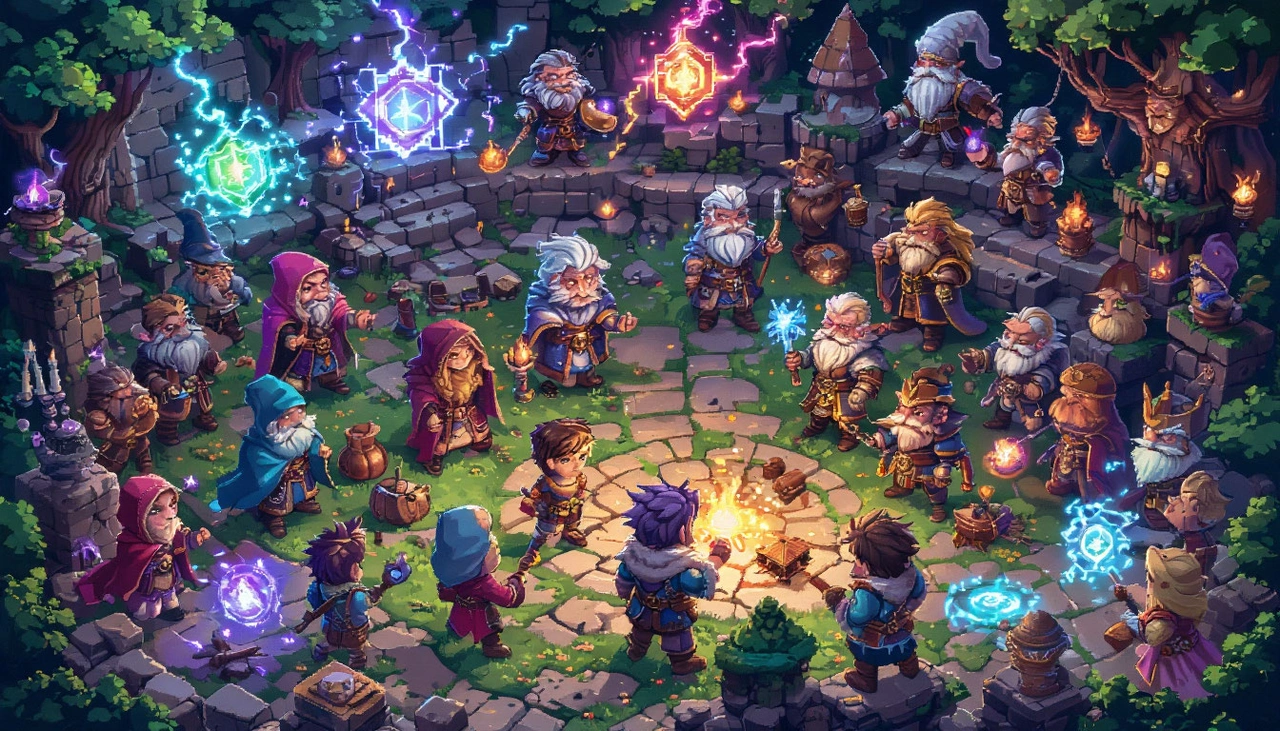
💧 Puyo Puyo (1991)
One of the most iconic Japanese puzzle franchises, Puyo Puyo drops pairs of jelly-like "puyos" with googly eyes into your field. Group four or more of the same color, and they vanish.
While diagonal connections don’t count, Puyo’s depth lies in chaining collapses — a single combo can set off massive field-clearing avalanches. Strategy here is long-term and reactive, not just spatial but rhythmic.
🧠 What These Games Teach Us
Where classic Tetris sharpens basic reflexes and spatial memory, these Japanese variants force players into cognitive flexibility. They challenge assumptions, reward unconventional thinking, and often — quite literally — turn logic on its head.
Each game breaks a different rule:
- Panel de Pon bans vertical movement
- Nontan adds semantic flipping
- Bomberman rewards diagonal strategy
- Mahou Poi-poi goes full chaos
- Puyo Puyo favors ripple-effect planning
The new gaming year is in full swing, and I’ve finally set my goals. Each year, I try to combine brand-new releases with long-postponed classics. My typical target is around 12–15 games annually, alternating between story-rich epics, tough-as-nails challenges, and a few cozy co-op sessions with friends. Here's what I plan to conquer in 2025.
🌀 Alan Wake II — The Writer’s Return
Genre: Psychological Horror | Studio: Remedy Entertainment
I’ve waited years for this. Ever since the eerie tale of Alan Wake first unfolded in Bright Falls, I’ve been hoping to return. Remedy's narrative-driven design and mysterious storytelling are exactly my kind of thing. I'm especially intrigued to see whether there’ll be links to Control and the shared universe that Remedy has been teasing. The surreal darkness, cryptic clues, and storytelling through gameplay — I’m ready to lose myself in it.

🧙 Divinity: Original Sin I & II — A Tactical Journey
Genre: Tactical RPG | Studio: Larian Studios
These legendary CRPGs have been calling my name for years, and now it’s time to answer. After falling in love with Baldur’s Gate 3 in 2024, I realized I needed more of that Larian magic. The freedom of choice, the turn-based combat, and the absolutely chaotic options (yes, throwing gnomes included!) make me eager to see where Divinity started. It's more than just playing — it’s discovering what could happen.

🗡️ Elden Ring: Shadow of the Erdtree — The Test Awaits
Genre: Action RPG (Soulslike) | Studio: FromSoftware
If base Elden Ring was the journey, then this DLC is the exam. I held off on jumping in right away — not because of fear, but because I wanted to be ready. Now that the initial chaos has passed, I’m mentally prepped for whatever nightmare Miyazaki has waiting. Based on what I’ve heard, it’s not just more of the same. It's harder, deeper, and more cryptic. And that’s exactly what I want.
🎭 Split Fiction — Co-Op with a Twist
Genre: Cooperative Adventure | Studio: Hazelight
Coming from the creators of It Takes Two, Split Fiction looks like another masterpiece of cooperative storytelling. These games are always best experienced with a friend, offering puzzles, story depth, and moments of sheer chaos. Sadly, the lack of Russian subtitles may delay my playthrough, but I’m hopeful that fan translations or updates will allow more players to enjoy this adventure in their native tongue.
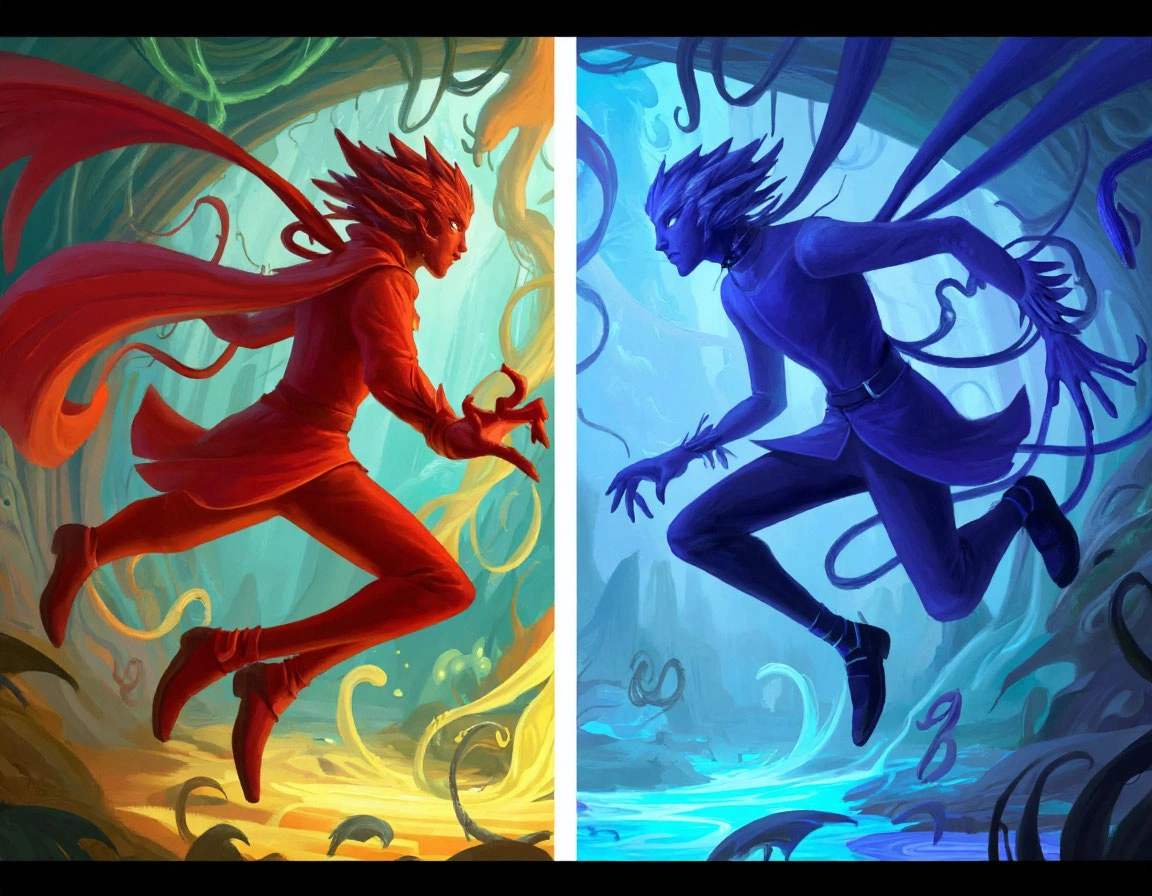
🕯️ Little Nightmares III — A Wordless Wonder
Genre: Puzzle Platformer | Studio: Supermassive Games
Few games can tell so much with so little. Little Nightmares creates horror not with gore, but with mood. This third installment adds co-op, which is an intriguing shift. I love slow, thoughtful puzzle games with someone by my side, so this title is perfect for cozy gaming nights. Here's hoping the style and mystery remain intact with the new studio behind it.
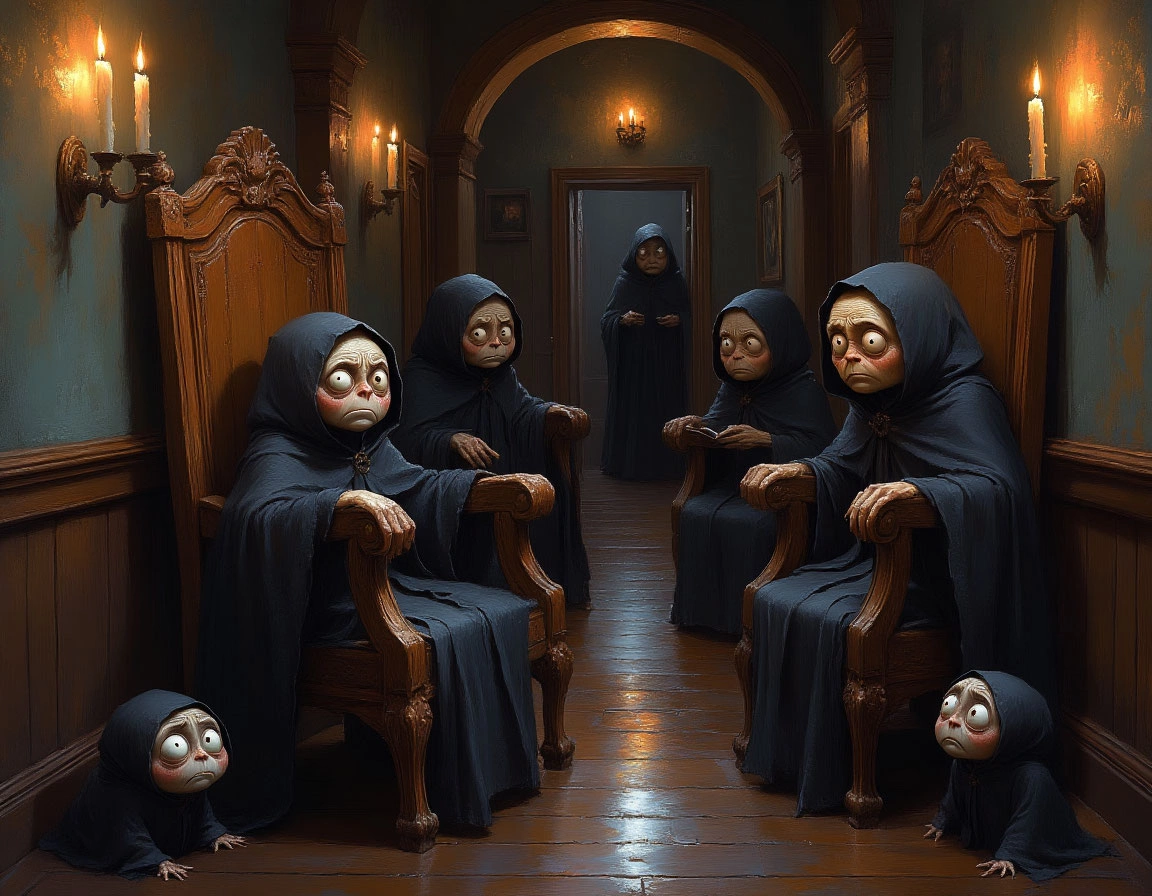
🌑 Elden Ring: Nightreign — Shadows Rise
Genre: Soulslike Battle Royale Hybrid | Studio: FromSoftware
This rumored expansion (or sequel?) is high on my wishlist. A blend of Soulslike difficulty and battle royale chaos? I’m in — even if it means coordinating with two friends for co-op, which isn’t always easy. Still, the allure of new bosses, twisted lore, and massive, dynamic combat arenas makes this an unmissable release if it hits in 2025.
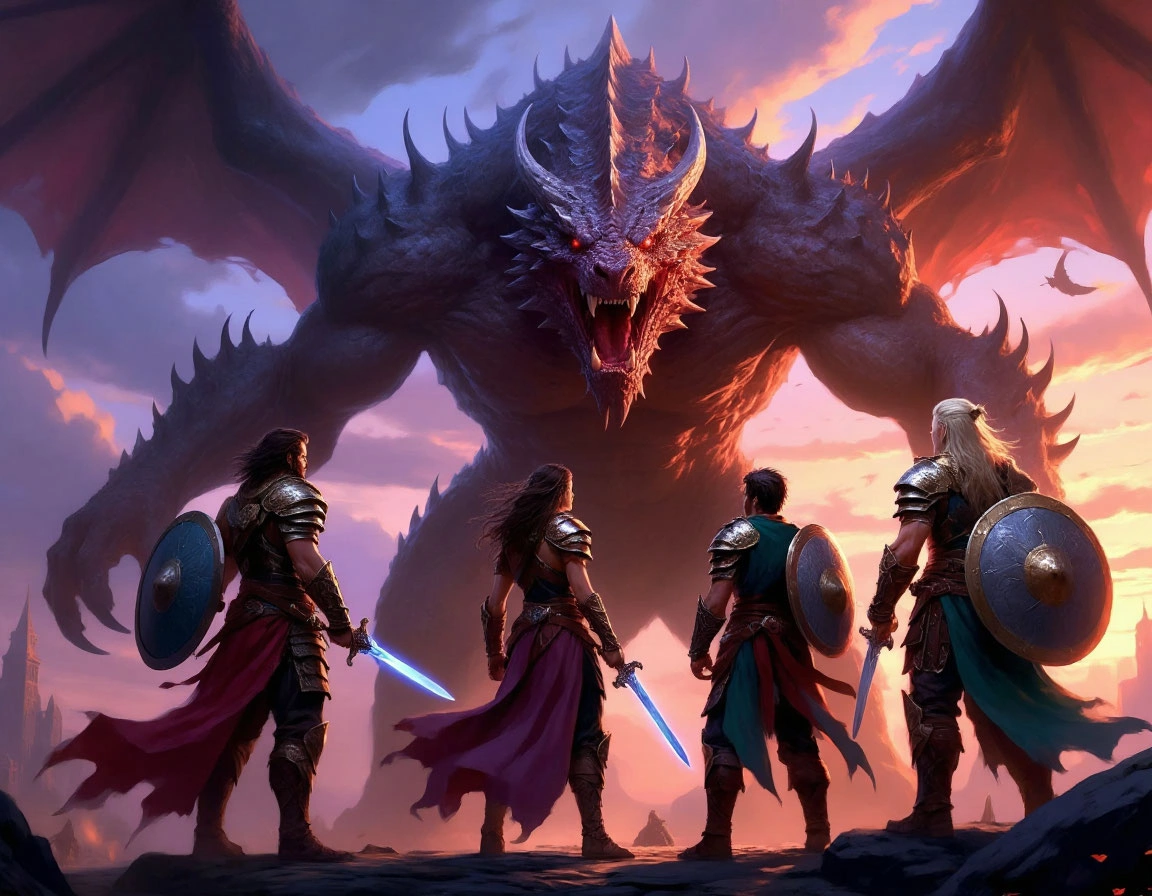
This is only the beginning. A few titles are still on the horizon, and my wishlist will likely grow. But if I can check off these games, I’ll consider 2025 a gaming year well spent.
More updates — and thoughts on the games I finish — to follow soon. Stay tuned! 🎮